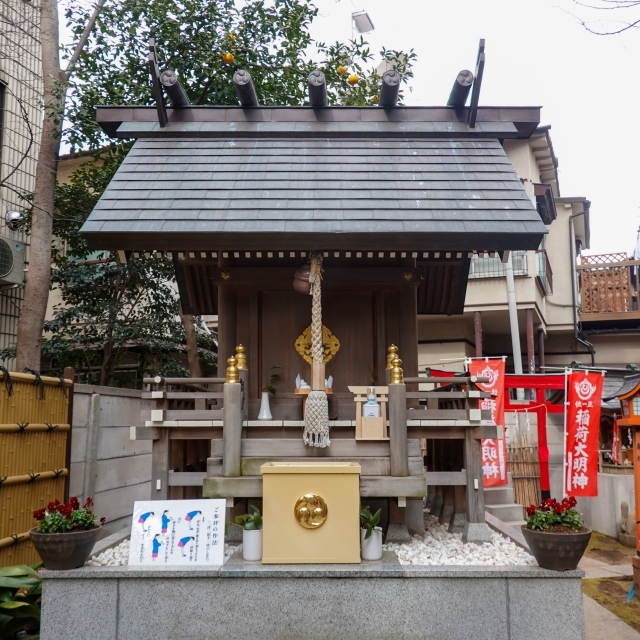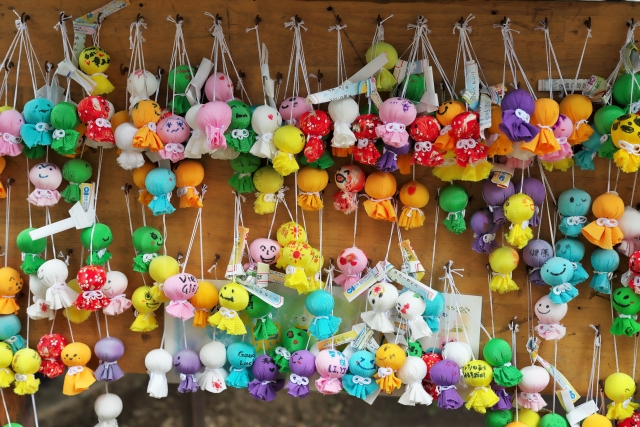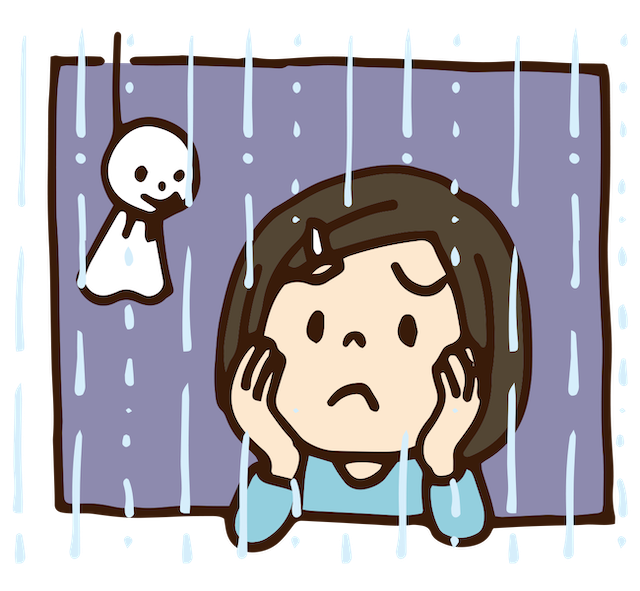Recently, my favorite television program (“Document 72 Hours“, available on NHK World Japan) featured Kisho Shrine. “Kisho” means weather, which indicates that this shrine enshrines the deity that governs weather.


This Weather Shrine originated in 1944, established within the Imperial Army’s meteorological division. It’s peculiar that it began as a modern military meteorological unit, as the weather forecasts were based on scientific grounds, yet their accuracy relied on divine intervention. At that time, this shrine served as a source of comfort for the observatory staff.
After the war, military-related organizations were dismantled, but for some reason, the shrine remained, and its deity was transferred to Koenji Hikawa Shrine, where it remains to this day. Therefore, the Weather Shrine is a shrine within a shrine, but it is not an unusual case.
In the program, various visitors’ thoughts and experiences are covered. People visit to pray for good weather on important days like hiking trips, Disneyland outings, or sports festivals. There was someone who prayed for clear weather on the day of a wedding-related ceremony. Conversely, there are those who visit to express gratitude for the good weather that contributed to the success of their events.


Although today’s weather forecasts have improved in accuracy due to the latest technology, the weather itself is something humans cannot control. Many people pray to the deity out of a sense of powerlessness, hoping for their wishes to be fulfilled. If the weather turns out as they wished, they express gratitude to the deity, and if it does not, they do not harbor resentment.
In Japan, there is a custom involving “teru teru bozu,” where a doll made of white cloth or paper is hung under the eaves to wish for good weather the next day. There is even a children’s song about “teru teru bozu,” and most children are influenced by this custom at least once. I, too, sincerely believed in the power of this doll when I was a child!


Visiting the Weather Shrine seems to be an extension of the sentiments of the Japanese people. Shrines in Japan are designated as religious corporations, meaning that acts and rituals conducted at shrines are considered religious activities. However, there is some uncertainty: can the desire for “good weather tomorrow” and the act of praying at a shrine both be part of a religious practice?
Shifting the topic, in the program, Chinese students were visiting the Weather Shrine. They came to pilgrimage to the anime location because this shrine was depicted in the animated film “Weathering With You,” directed by Makoto Shinkai (2019). This is quite interesting!


